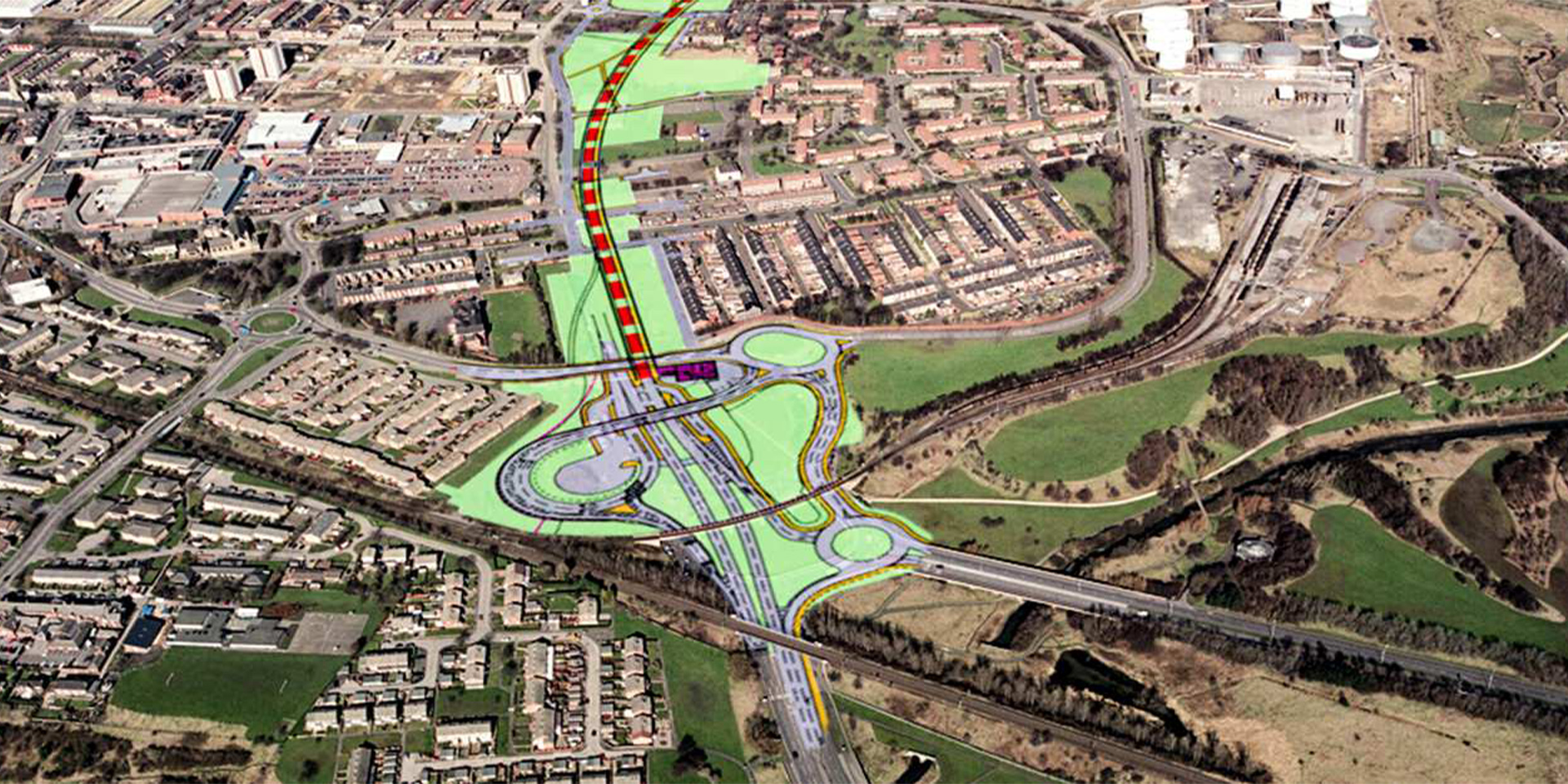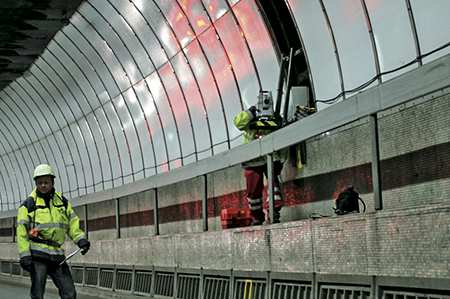In order to meet growing customer demand, The Tyne and Wear Integrated Transport Authority (TWITA) proposed the development of a second 2.6 kilometer vehicle tunnel — The New Tyne Crossing.
This €290 million (439 million USD) project was one of the biggest transport infrastructure projects in Great Britain.
During the construction of the second vehicle tunnel, the parallel existing tunnel had to be monitored for possible movement. Three extremely precise measuring instruments monitored even the smallest movements. The three instruments were linked in a live interactive least-square-adjusted network via a fiber optic cable inside the tunnel. This secured the accuracy of all 80 precise reflectors installed along the tunnel wall for more than 400 meters.
The complete monitoring process could be accessed via GPRS (general packet radio service), which made it accessible from anywhere in the world. This means that those who needed it — beyond the operator, surveyor and contractor — had the possibility to remotely receive automatically generated reports and instant information from the system.
The instruments ran non-stop, 24 hours a day, 52 weeks a year. Only an instrument like the measuring station is able to retain its 0.5 millimeter accuracy in the very aggressive environmental circumstances caused by the heavy traffic in the tunnel that is exposed to fumes, dust, moisture, temperature changes and vibrations.

















